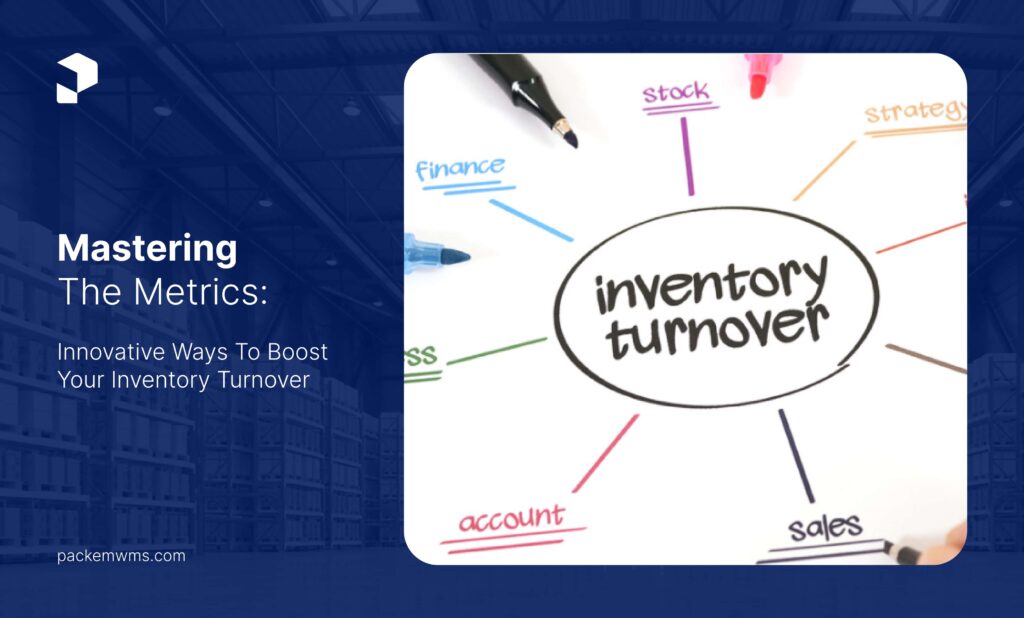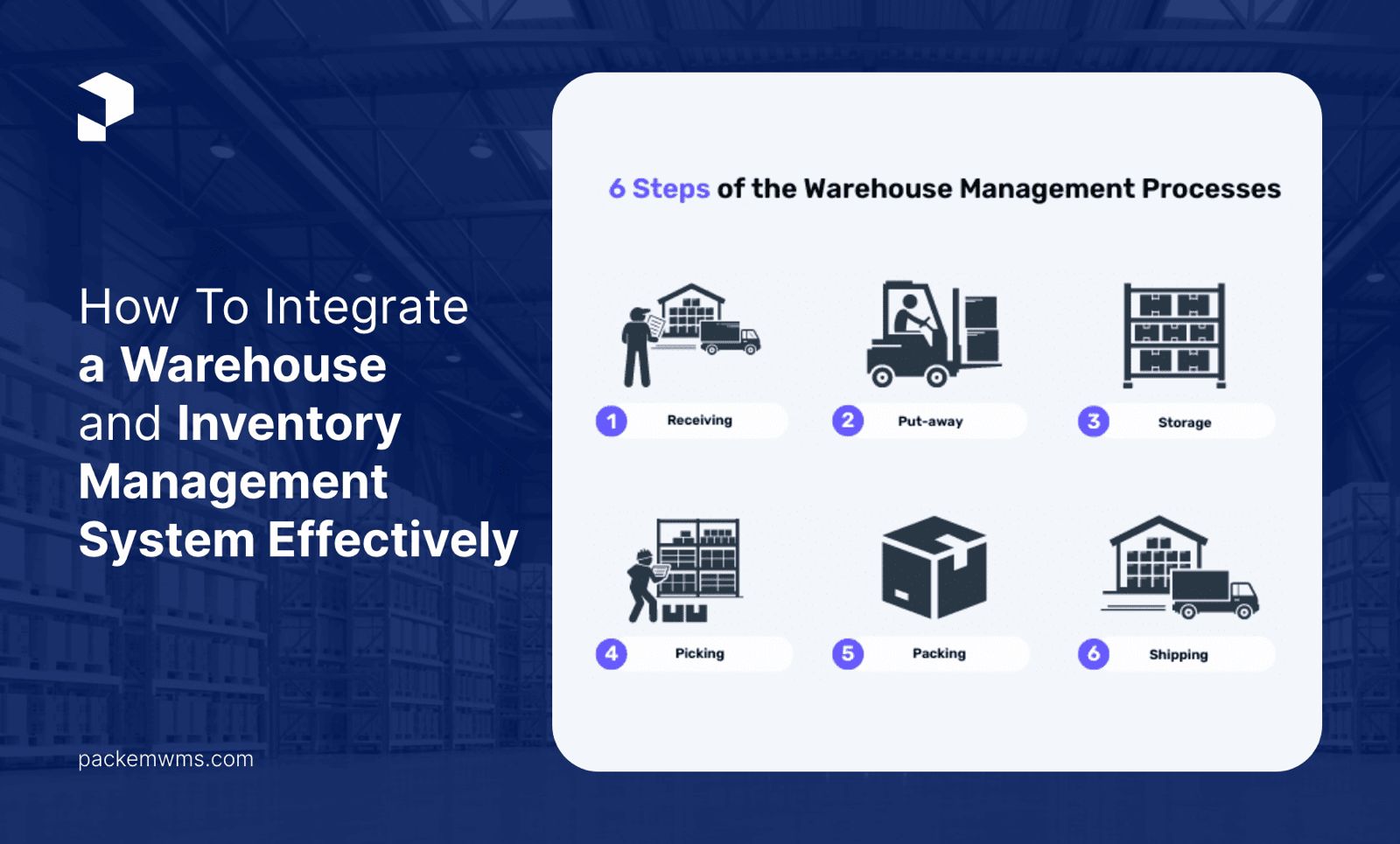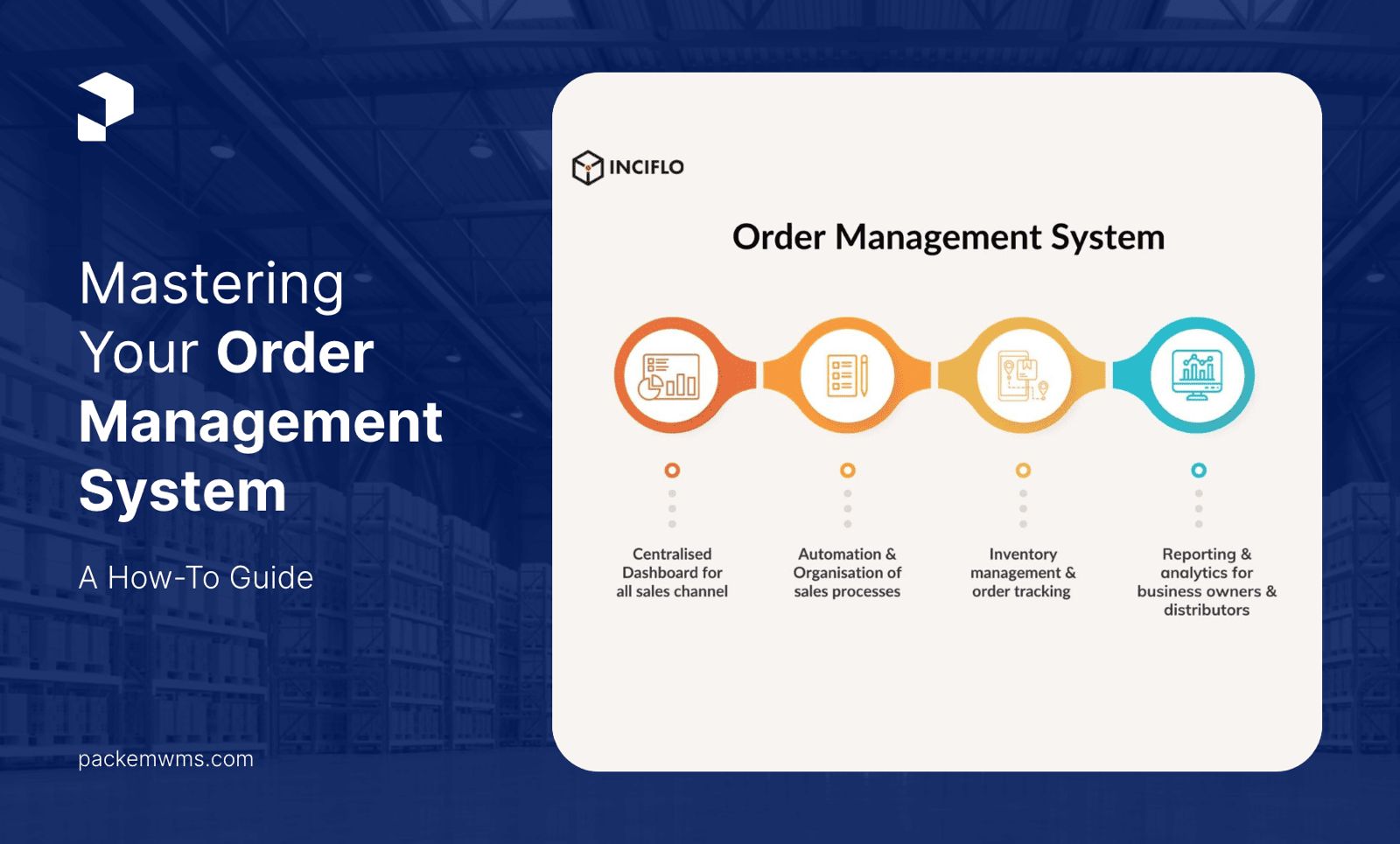Understanding Inventory Turnover Ratio
In my two decades as a writer, one truth stands out: understanding the inventory turnover ratio is key. This figure shows how often you sell and fill up your stock in a time frame. You get it by dividing the sold goods’ cost by the average inventory.
If the number’s high, like 5 to 10 times within months, you know that business isn’t just sitting on its products – they’re moving! That could mean spending less on storage and making more money overall if managed right. However different trades have unique “good” numbers for this ratio because of their product nature or market demand.
Take those fancy car makers or tech giants; their stuff can’t linger too long without eating into profits due to quick changes and fierce rivalry – hence why these sectors aim higher with ratios.
Then there are luxury lines where things move slower but bring in bigger bucks per sale — slow here doesn’t always spell trouble since the customer base is quite select! Sure enough, not all firms nail it from the start—some may struggle with snail-paced sales leading to outdated wares thanks largely to clunky chains of supply or simply stocking way too much.
Many miss a key point when dealing with stocks, from startups to seasoned players. Striking a balance between empty shelves and surplus stash requires finesse and a smart strategy.
Significance in Financial Performance
In financial performance, inventory turnover tells us much. It’s a measure of sales against what we hold in stock – think speed. If it’s high, that means we’re selling goods fast and not overstocking: good management shines here!
That may hint at unused items piling up or stuff that just won’t sell. Now picture this: if your business nails the 6-8 times yearly goal for turning over inventory, you’re likely on track. You have enough to meet demand without waste – cash flows better because money isn’t tied up in products collecting dust.
Our company spends $20M on the cost of goods sold and has an average inventory of $4M. My ratio is 5, which is normal, but there’s potential for smarter growth from purchase to sale. The key is a balance though; run too lean on stock might mean missed sales when shelves empty out!
Benchmarking Your Business’s Health
In my two decades scribbling words for individuals like you, I’ve learned this: checking your business’s pulse means peeking at how quickly goods leave your shelves. Faster sales spell better health; it shows you’re not just sitting on a stock that won’t budge. You want a number — the sweet spots’ around 5 to 10 times yearly, they say.
If yours is less, don’t sweat yet! It could be time to chat with those bright minds in marketing or tweak what’s up for grabs. Remember though – each field has its own ‘normal’.
Bookstores might turn slower than grocers. So there we have it; keep a keen eye out and adjust as needed!
Optimizing Your Inventory Management
Steering clear of technical jargon, I’ll share a grain of hard-earned wisdom: managing your stock is like balancing on a tightrope. Aim too high with turnover and you trip into over-ordering—products might spoil or no longer be cool before they leave the shelves. But cling too close to safety, keeping that ratio low?
You risk goods moving at a snail’s pace, gathering dust. So what does strike that balance? It’s about nailing just enough inventory to keep buyers happy without excess that hurts wallets.
For each item sold, eye those costs—materials and labor, for starters—and price right; not so cheap it eats into profit but fair enough customers bite. Remember this sweet spot differs by industry; retailers see faster movement than makers do because their wares go straight to individuals who use them. Each week’s sales show which items fly off racks (and which don’t), guiding smarter buys next time around.
Smart stocking prevents both surplus headaches and empty-handed apologies—it keeps cash flowing in rather than tied up in stuff sitting idle. That perfect harmony comes from sharp insight plus ongoing tweaks—a constant dance where one misstep can mean losing out to rivals offering more consistency.
Experience the simplest inventory management software.
Are you ready to transform how your business does inventory?
Effective Control Strategies Unveiled
When I dove into effective control strategies, the focus was clear: right-size your stock to match demand. That’s how you boost turnover rates. You see, if you sell goods quickly and restock often without overdoing it, that’s a win for business health.
Keep too much on hand? Cash flow suffers; items may sit unsold. Conversely, high turnover indicates quick sales—surely good news—but caution!
It can also mean you’re understocked which risks losing sales if customers find empty shelves or wait times long because what they want isn’t there when they need it. Striking balance is key in inventory management—it keeps both cash flowing and clients happy.
Technology and Warehouse Efficiency
In my two decades of writing, I’ve seen warehouses transform. Tech is key to efficient stock handling. Good turnover ratios mean sales are up and storage works well – a tough mix to hit.
Tools like Sphere WMS track it all in real time: from what sells fast to what lingers long on shelves. Using smart systems cuts costs by avoiding extra stuff we don’t need clogging space or funds—crucial for healthy income sheets. It’s about selling more without running out; tech tells us when to restock just right, keeping inventory moving smoothly through the year with steady turns.
Look at numbers not just as data but as insights—they show where you can sharpen your setup for better performance and profit.
Strategies for Improvement
In the thick of managing our warehouse, I’ve worked to lift that inventory turnover ratio. It’s about selling what we have faster, right? Here’s how: slim down excess stock first.
Too much stuff just eats cash and hikes up costs you don’t need. Next step—haggle with suppliers for better prices. Smarter buying saves money upfront which boosts financial health later on.
Then there’s reordering; don’t let it run wild. Tune into a system where orders match sales trends neatly—that way less sits idle. These moves make operations slicker and tune us in closely to what buyers want more of—the end goal always!
Every business aims for a healthy inventory turnover ratio. This magic number tells you if your stock moves fast enough to avoid waste, yet slow without stalling sales. A good rate differs by industry but always reflects customer needs and efficient operations.
Strive for balance: too high could mean lost sales; too low might lead to excess goods sitting idle on shelves or in warehouses like ours at PackemWMS. Keep your finger on the pulse of this key metric—it steers clear paths toward profitability and long-term success for businesses big or small.
FAQ's
The inventory turnover ratio is the number of times stock is turned or sold and replaced during the entire period. It is an essential ratio in the sense that it helps businesses understand how effective the management of their inventory is, reflecting whether they are, in reality, converting stock into sales without overstocking or understocking the same.
The inventory turnover ratio is found by dividing the cost of goods sold (COGS) by the average inventory for a certain period. Such a calculation will be able to give a rough idea of how many times the inventory is being sold, and based on the output, you can make proper decisions concerning the purchasing and sales strategy.
A ‘good’ inventory turnover ratio varies by industry due to differences in product nature and market demand. For instance, technology firms and car makers might require higher turnover rates because of rapid product obsolescence. In contrast, luxury goods stores might successfully operate at lower turnovers due to higher profit margins per item.
A low inventory turnover ratio indicates that inventory is moving at a slow pace or that a company is overstocked with its products, tying capital and increasing storage costs. Strategies to improve a low turnover ratio might include changing the pricing, stepping up marketing efforts, or streamlining the supply chain so that it is better at matching customer demand.
Technology is very critical and plays a very instrumental role in improving the management of inventory. This is through the provision of real-time information and analytics that aid businesses in optimizing stock levels, and lowering costs. Such systems include Warehouse Management Systems (WMS) that keep track of inventory turnover and can thus reorder stock automatically to the ideal levels to ensure the business can respond fast to market demands without overstocking.



